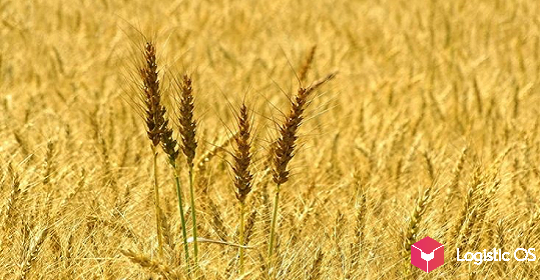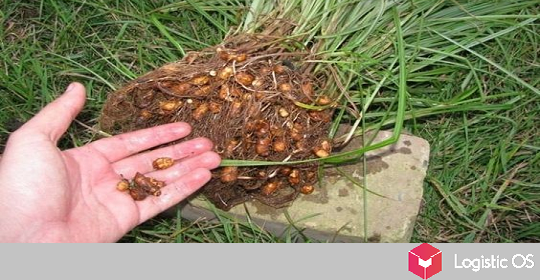Within the framework of the state program «Land», it is planned to put into circulation up to 2 million hectares of unused land.
The state program «Land» has been in effect since 2019, and within its framework it is planned to put into agricultural circulation about 13 million hectares in total over 10 years.
At the same time, at the moment the process is relatively slow. For example, in 2022-2023, about 950 thousand hectares were put into circulation.
As for the fund of unused lands, it is currently quite large and amounts to about 44 million hectares, about half of this area is arable land.
As the Minister of Agriculture of the Russian Federation Oksana Lut recently noted, the area of agricultural land put into circulation in 2022-2024 will be about 2 million hectares.
This is a significant acceleration compared to the previous period, although it will still be difficult to fulfill the plan provided by the «Earth» program by 2029, because only about a third of the plan was actually fulfilled during the first five-year period.
One of the reasons why the process is not going too fast is insufficient funding, experts believe. Chairman of the State Duma Committee on Agrarian Issues Vladimir Kashin noted that approximately 80 billion rubles more need to be allocated for the «Earth» program.
«Systemic work needs fine-tuning. The climate is changing, and we must adapt to this system, involve all our large and small science, our advanced experience,» he noted, adding that the involvement of new lands in agricultural turnover is almost impossible without the creation of melioration and irrigation systems.
At present, the arid climate is one of the main problems facing farmers, so it is necessary to involve science in order to solve this issue effectively.
It is also important where the lands are located that are supposed to be put into circulation.
In the most fertile regions, such as the Black Earth Region, the Volga Region, and the South of Russia, there is practically no free land.
As a rule, abandoned lands are located in the Non-Black Earth Region, including the Tver and Smolensk Regions, in Altai, and on the left bank of the Volga.
In addition to the rather poor soil, many of these regions are characterized by aridity and minimal precipitation.
For obvious reasons, this dramatically reduces their attractiveness in the eyes of farmers.
In addition, very few people often live in these territories, which creates big problems with attracting personnel and is also not beneficial to land development.
Finally, equipment, infrastructure, roads, and power grids may be required to begin regular agricultural work.
For this reason, 80 billion rubles is the minimum amount that may be required to develop these lands.

